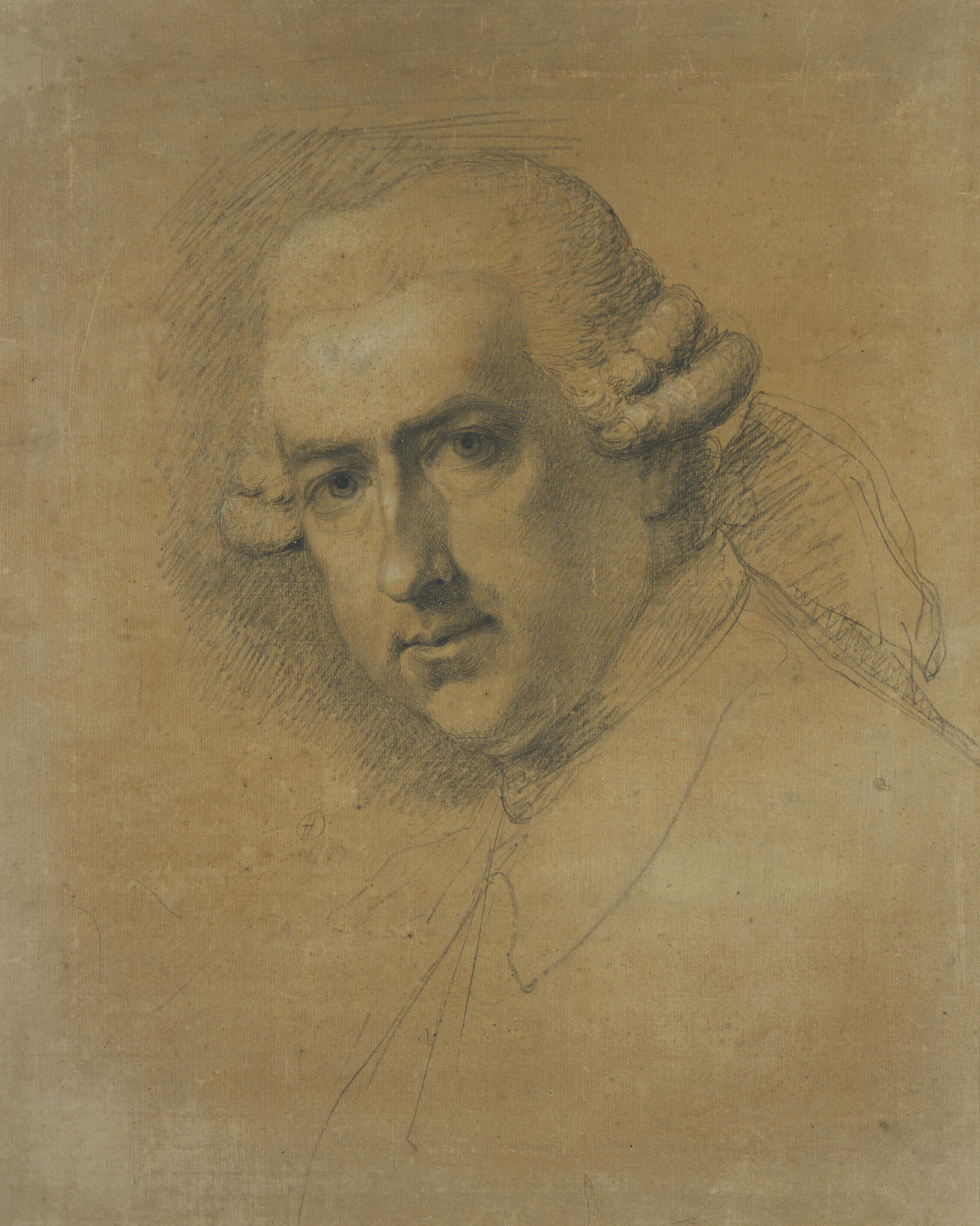Gavin Hamilton (artist)
| Gavin Hamilton | |
|---|---|

Gavin Hamilton by Ozias Humphry, 1778, pencil, NGS
|
|
| Born |
Gavin Hamilton 1723 Lanarkshire, Scotland |
| Died | 4 January 1798 (aged 74–75) Rome, Italy |
| Nationality | Scots |
Gavin Hamilton (1723, Lanarkshire – 4 January 1798, Rome) was a Scots neoclassical history painter, who is more widely remembered for his hunts for antiquities in the neighbourhood of Rome. These roles in combination made him an arbiter of neoclassical taste.
Gavin Hamilton was born in Scotland in 1723 in Lanarkshire, into the prominent family for whom the town of Hamilton, South Lanarkshire was named, headed by the dukes of Hamilton. In 1738 he became a student of classics at the University of Glasgow.
By 1744 he was in Italy, and probably studied in Rome in the studio of Agostino Masucci. From 1748 to 1750 he shared an apartment with Gilbert Stuart and Revett, and with them visited Naples and Venice. On returning to Britain, he spent several years portrait-painting in London (1751–1756). At the end of that period, he returned to Rome. He lived there for more than the next four decades, until his death in 1798.
Aside from a few portraits of friends, the Hamilton family, and British people on the Grand Tour, most of his paintings, many of which are very large, were of classical Greek and Roman subjects. His most famous is a cycle of six paintings from Homer's Iliad. As engraved by Domenico Cunego and reproduced, these were widely disseminated widely and were enormously influential. Also influential was Hamilton's Death of Lucretia (1760s), also known as the Oath of Brutus. This inspired a series of "oath paintings" by European painters, which included Jacques-Louis David's noted Oath of the Horatii (1784).
As a painter of classical subjects, Hamilton was highly regarded by Johann Joachim Winckelmann, writer Goethe, young sculptor Antonio Canova and others in Rome, but was less appreciated in Britain. He did receive a commission to paint the altar piece of Sant'Andrea degli Scozzesi, the Scottish national church in Rome, for which he portrayed the Martyrdom of St Andrew.
...
Wikipedia
